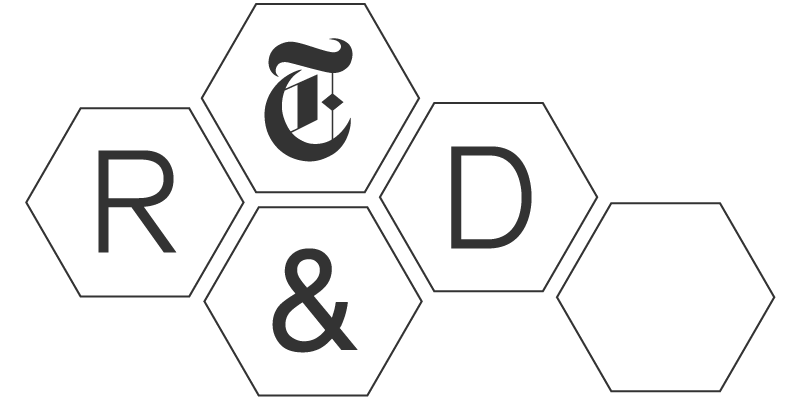The R&D lab often develops new interactions with news and information to anticipate developments in consumer technology. Microsoft’s continuing development of the Surface platform, as well as competitive efforts to develop tabletop computing, led us to consider what tabletop news reading might look like. We developed a prototype application for the Surface to investigate these new interactions. This isn’t an official newsreader product, but hopefully illustrates interesting features for other future products.
While initial designs considered reuse of the iconic broadsheet format seen in print and in other New York Times reader applications, the interactions people have on tables typically involve moving physical objects: passing dishes, dealing cards, sorting photographs, etc. It was with these interactions in mind that we instead developed a reader that organizes news into stacks of articles, which can be twisted, pushed, and pulled across the surface of the table.
Keeping photography and art as a critical design element led to a feature that “frees” pictures from the article template. Tapping on a picture opens all related pictures for an article, which can then be resized and turned for better viewing. Also, tapping on a paragraph opens a keyboard for annotation, so that comments, highlights, and suggestions can be written in margins, as with the printed newspaper.
Interactions with physical objects was also a key feature, given tables are often resting places for coffee cups, mobile phones, and other household items. The table can use the presence of a mobile phone as indication of the identity of its user, and will react by showing that user articles that his or her friends have shared.
R&D worked with Vectorform, a multi-platform interaction design company with experience creating Surface applications, to develop this prototype. We are working on new enhancements and features to this initial version, which might include text flow around objects, improved object recognition, and porting to other tabletop platforms.
